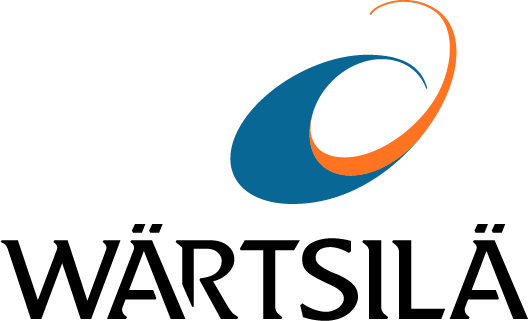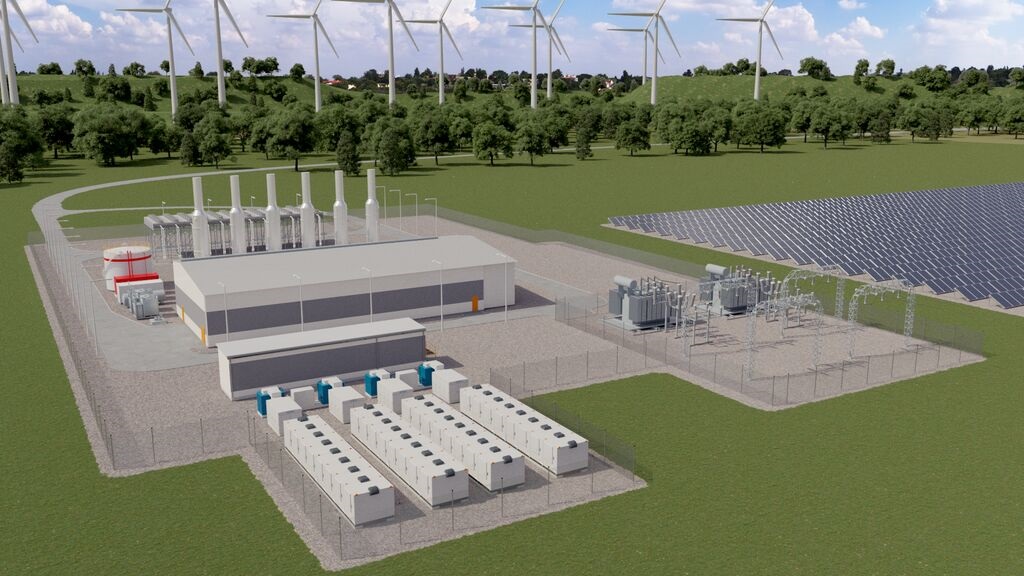

Morocco’s accelerating energy transition is truly impressive. Backed by bold structural reforms and a clear vision, the Kingdom has successfully made renewable energy the cornerstone of its electricity development in just a few years. With 42% of installed capacity already coming from renewables and a target of 52% by 2030, Morocco proves that a profound transformation of the energy mix is achievable.
However, this success should not overshadow the emerging technical challenges. While Morocco boasts undeniable assets—some of the world’s highest solar irradiation and exceptional wind corridors—the real revolution now lies in integrating this intermittent generation without compromising grid stability. Wärtsilä’s modeling reveals a critical imperative: every new renewable megawatt must be paired with tailored flexibility solutions.
The Moroccan Paradox: Renewable Abundance, Systemic Rigidity
Today, over half of Morocco’s installed capacity relies on inflexible technologies. Coal-fired plants, accounting for 32% of the mix, require nearly 12 hours for a cold start and struggle to operate below 40% of their nominal load. Combined-cycle gas turbines (CCGTs), while more responsive, still face minimum 30-minute ramp-up times and similar technical constraints.
This rigidity becomes problematic as variable renewables expand. Midday solar overproduction, followed by steep evening drops, demands ultra-fast compensation. Add unpredictable wind fluctuations or drought-induced hydropower shortages, and the grid risks either congestion or shortfalls.
Three Pillars of Next-Generation Flexibility
To address this challenge, complementary solutions are emerging:
- Hydropower (1.8 GW capacity, including 460 MW of pumped storage at Afourer) provides initial balancing. Yet its potential is limited by water availability and geographic constraints.
- Modern engine power plants offer a highly adaptable alternative. With start-up in under two minutes and 0–100% load flexibility, they are ideal for smoothing intermittency. Paired with renewables, they deliver the lowest system costs while preparing for decarbonized fuels like green hydrogen.
- Battery storage, though still modest in Morocco, rounds out the system by absorbing short-term renewable surpluses—optimizing existing infrastructure.
Toward a Resilient and Cost-Effective Energy System
The seamless integration of these technologies will be the linchpin of Morocco’s energy transition, balancing three imperatives:
- Affordable electricity
- Supply security
- Climate commitments
Forward-looking studies suggest at least 2 GW of ultra-flexible capacity will be needed by 2030 to balance the planned 6 GW of new renewables. Far from a cost, this investment is the most effective way to maximize renewable returns while avoiding far heavier expenses from grid imbalances.
As Morocco prepares for its next energy transition leap, the question is no longer whether to adopt flexibility solutions, but how to optimize them. A thrilling technical challenge that will largely determine the success of its 52% renewable strategy.
Did you like this? Subscribe to Insights updates!
Once every six weeks, you will get the top picks – the latest and the greatest pieces – from this Insights channel by email.
